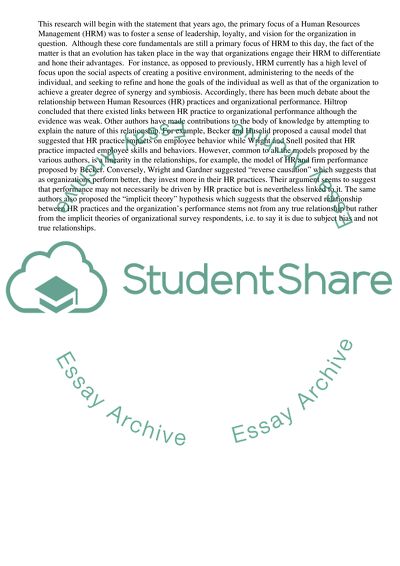Cite this document
(“Challenges HR Specialist May Face Essay Example | Topics and Well Written Essays - 2250 words”, n.d.)
Challenges HR Specialist May Face Essay Example | Topics and Well Written Essays - 2250 words. Retrieved from https://studentshare.org/management/1609747-hr-practices-in-a-multinational-company
Challenges HR Specialist May Face Essay Example | Topics and Well Written Essays - 2250 words. Retrieved from https://studentshare.org/management/1609747-hr-practices-in-a-multinational-company
(Challenges HR Specialist May Face Essay Example | Topics and Well Written Essays - 2250 Words)
Challenges HR Specialist May Face Essay Example | Topics and Well Written Essays - 2250 Words. https://studentshare.org/management/1609747-hr-practices-in-a-multinational-company.
Challenges HR Specialist May Face Essay Example | Topics and Well Written Essays - 2250 Words. https://studentshare.org/management/1609747-hr-practices-in-a-multinational-company.
“Challenges HR Specialist May Face Essay Example | Topics and Well Written Essays - 2250 Words”, n.d. https://studentshare.org/management/1609747-hr-practices-in-a-multinational-company.


